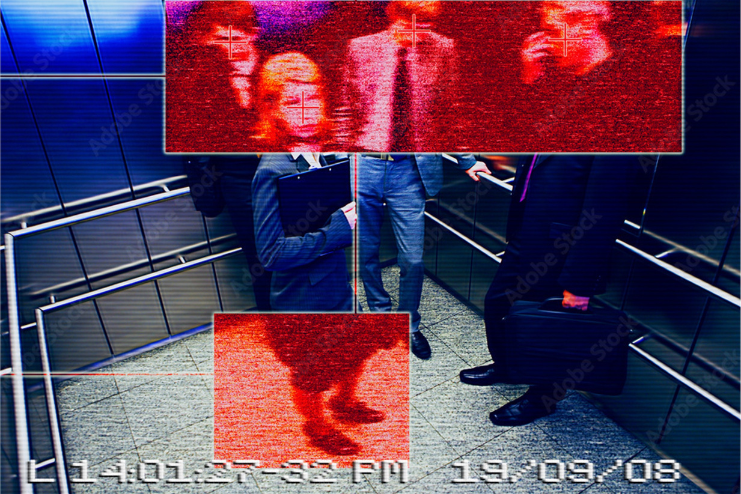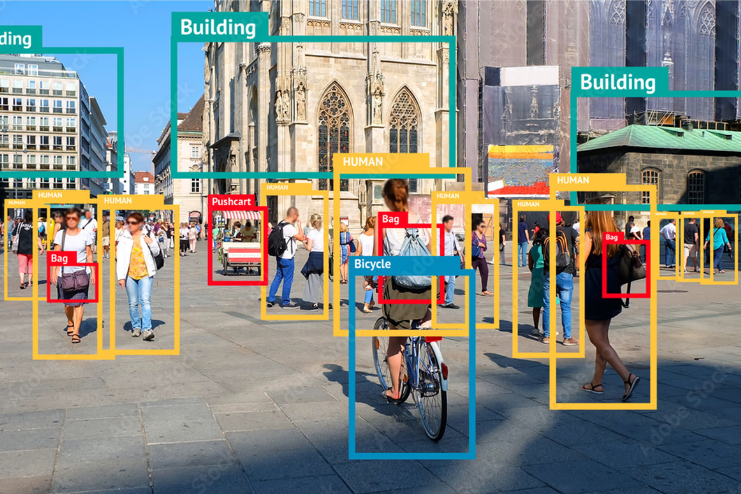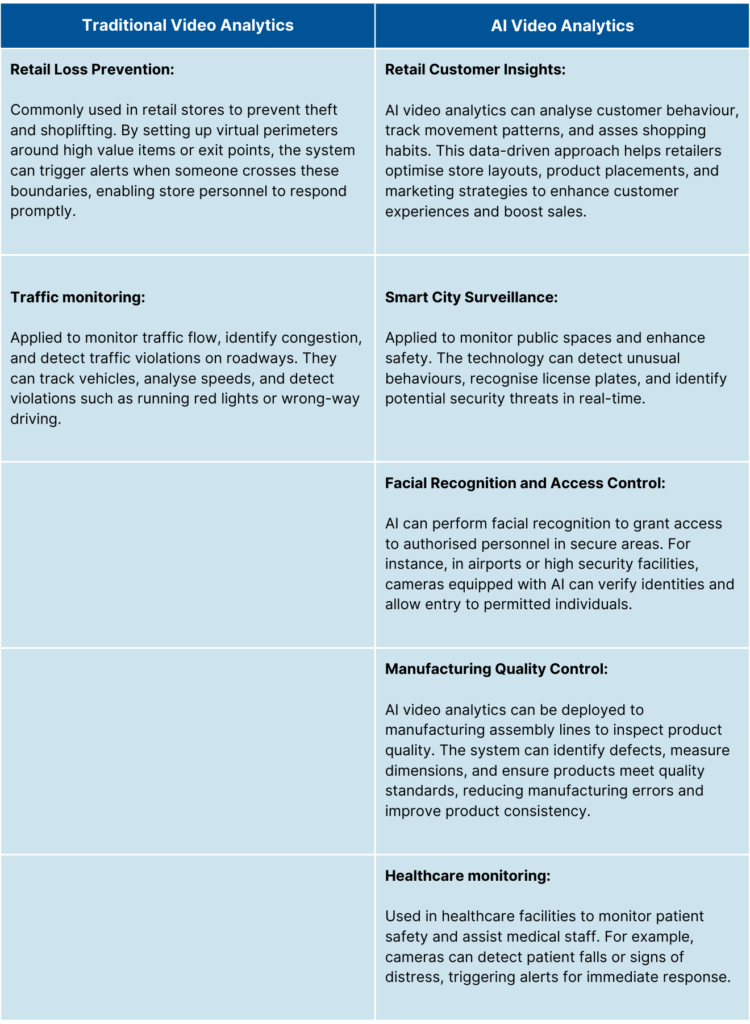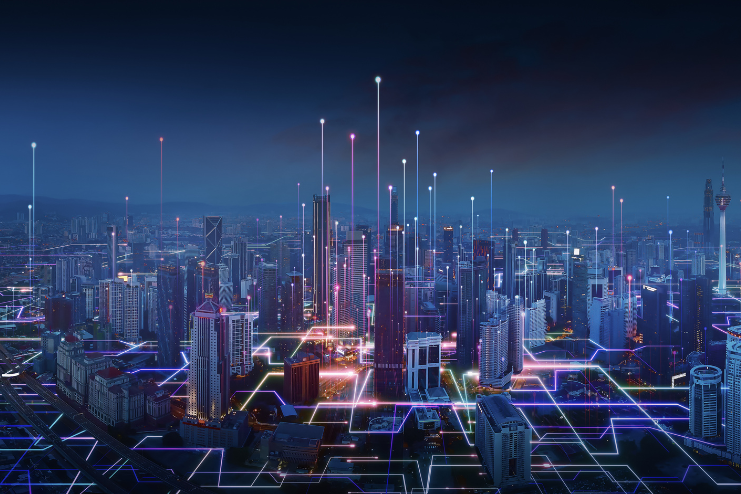In the world of surveillance and security, video analytics has emerged as a crucial technology, revolutionising the way we monitor and analyse video footage. IHS Markit estimates that as of 2021, there are over 1 billion surveillance cameras installed worldwide. With the implementation of artificial intelligence (AI) and machine learning, video analytics has evolved into two distinct approaches: traditional and AI-based. Both methods aim to extract valuable insights from video data, but they differ significantly in terms of capabilities, accuracy, and adaptability.
In this comparison, we delve into the key differences between traditional video analytics and AI video analytics, exploring how each approach impacts security, efficiency, and decision-making in various industries.
What is Video Analytics?
Video analytics refers to the process of automatically analysing video streams to detect, track, and interpret objects, events, or patterns within the video data. It involves extracting meaningful information from raw video footage, enabling proactive and efficient surveillance without the need for constant human monitoring.
Video analytics plays a crucial role in various industries and domains, offering a multitude of benefits that significantly impact safety, security, efficiency, and decision-making processes.
By analysing video feeds in real-time, it enables rapid identification of potential threats, suspicious activities, or anomalies. Additionally, video analytics aids in automating monitoring tasks, freeing up human resources to focus on critical decision-making and response. This technology has become an indispensable tool for law enforcement, public safety agencies, manufacturing sites, retail stores, transportation hubs, and smart city initiatives.
What is Traditional Video Analytics?

Traditional video analytics, also referred to as rule-based video analytics, is a foundational approach to analysing video footage captured by surveillance cameras. It involves using simple algorithms and predefined rules to detect specific events or objects within the video data.
How it works
Traditional video analytics identifies objects and content in video footage by detecting pixel changes and distinguishing between background and foreground video content. The underlying principle of this approach is to analyse the variations in pixel values over time, which indicate motion or changes in the scene.
When pixel values change significantly, the software assumes there is some form of motion or activity taking place and generates an alert to notify the user or trigger a specific action. These alerts are typically event-driven and straightforward notifications without any further context or analysis.
Limitations of Traditional Video Analytics
Traditional video analytics systems may offer basic tracking capabilities, such as motion tracking, to follow moving objects within the video. However, these tracking functionalities might have limitations in handling more complex scenarios or crowded environments effectively. Additionally, the accuracy of traditional video analytics can be affected by challenging lighting conditions, varying perspectives, and occlusions, leading to more false positives or negatives in the analysis.
What is AI Video Analytics?
 AI video analytics leverages artificial intelligence (AI) technologies, including machine learning and deep learning, to analyse video streams intelligently. The key feature of AI video analytics is its ability to learn from data, adapt, and improve its performance over time. This dynamic approach enables AI video analytics systems to process vast amounts of video footage efficiently, extract valuable insights, and make data-driven decisions in real time. AI video analytics excels in object tracking and can simultaneously monitor multiple objects. It is capable of handling challenging scenarios such as occlusions, where objects temporarily obstruct each other while maintaining consistent tracking.
AI video analytics leverages artificial intelligence (AI) technologies, including machine learning and deep learning, to analyse video streams intelligently. The key feature of AI video analytics is its ability to learn from data, adapt, and improve its performance over time. This dynamic approach enables AI video analytics systems to process vast amounts of video footage efficiently, extract valuable insights, and make data-driven decisions in real time. AI video analytics excels in object tracking and can simultaneously monitor multiple objects. It is capable of handling challenging scenarios such as occlusions, where objects temporarily obstruct each other while maintaining consistent tracking.
How it works
AI video analytics relies on machine learning and deep learning techniques, to extract meaningful information from video data. These algorithms can automatically identify patterns, features, and objects within the video frames, allowing the system to understand and interpret the visual content effectively. Through continuous learning, AI video analytics systems become more accurate, flexible, and capable of handling complex scenarios.
One of the significant advantages of AI video analytics is its ability to perform advanced tasks such as object detection, facial recognition, and behavioural analysis. Object detection enables the system to identify and track various objects, including people, vehicles, and other specific items of interest. Facial recognition allows the system to recognize and match faces against a database of known individuals, aiding in security and law enforcement applications. Behavioural analysis involves understanding and predicting the behaviour of objects or individuals, and identifying anomalies or potential threats in real time.
Advantages of AI video analytics
AI video analytics brings significant improvements in tracking capabilities and accuracy, making it context-aware and situationally dependent. Unlike traditional video analytics, AI-powered systems consider the specific context of the surveillance environment, adapting their tracking methods based on factors like lighting conditions, camera angles, and environmental changes.
The technology can track multiple objects simultaneously, handle occlusions and complex scenarios, and learn from past data to continuously improve tracking performance. By integrating data from other sensors and making real-time decisions, AI provides a comprehensive and reliable solution for surveillance and security applications, offering enhanced safety and efficiency across various industries.
The versatility of AI enables its application across various industries and domains. Its ability to process video data intelligently makes AI video analytics a transformative tool in improving efficiency, safety, and decision-making across numerous sectors.
Future of AI Computer Vision
The future of AI computer vision is promising, with exciting developments on the horizon that will transform businesses.
For example, in Multimodal Sensing, the practice of combining data from various types of sensors, such as cameras, Lidar, and environmental sensors, to gain a more comprehensive and detailed understanding of an environment or situation, AI video analytics can be integrated with IoT sensors to provide a comprehensive view of an environment that is not just limited to what the camera sees. This integrated approach enhances the accuracy and reliability of artificial intelligence systems in tasks like self-driving applications, smart cities, and industrial automation.
Advancements in deep learning techniques and computing capabilities mean that we can achieve higher accuracy for a much lower cost. AI algorithms, powered by deep learning, have demonstrated an ability to understand and interpret complex data, including video feeds and sensor information.
How can AI Video Analytics benefit your business?
In recent years, video analytics have been widely adopted across various industries. Traditional and AI varieties continue to find applications in various industries, providing valuable insights, improving security, and streamlining processes. While traditional methods serve well in specific scenarios with rule-based detection, AI video analytics stands out for its advanced capabilities in object recognition, dynamic decision-making, and adaptability to complex environments.

What factors should you consider when selecting video analytics software for your company?
Here are questions you should be asking before deciding on video analytics software:
o Advanced Search Capabilities: Is the software equipped with efficient search features, allowing fast retrieval of relevant events based on specific criteria such as object types, colours, or movements?
o Integration with other systems: Can the software seamlessly integrate with existing security or surveillance systems and other business applications?
o Scalability: Is the AI system capable of handling large amounts of video data and multiple camera feeds to accommodate business growth?
o Cost-effectiveness: Does the software offer long-term cost savings by reducing manual monitoring needs and improving security efficiency?
o Customisability: Can the software be customised to suit the specific needs and use cases of the business?
o Data Privacy and Compliance: ?? Does the software prioritise data privacy by offering features like data anonymisation and automatic data deletion?
o Future-Proofing: Is the software constantly updated and evolving to stay at the forefront of technology?
o Ease of Use: Is the software designed with user-friendliness in mind? Making them accessible to users without specialised technical expertise.
o Reliability and Performance: Does the software demonstrate high reliability and performance for critical business operations?
At Aicadium, we work closely with organisations to implement AI in a variety of ways. With our computer vision applications, companies can confidently navigate the complexities of industrial environments and achieve peak efficiency. If you’re interested in learning more about how we can help your organisation, schedule a 15-minute call with us today.




